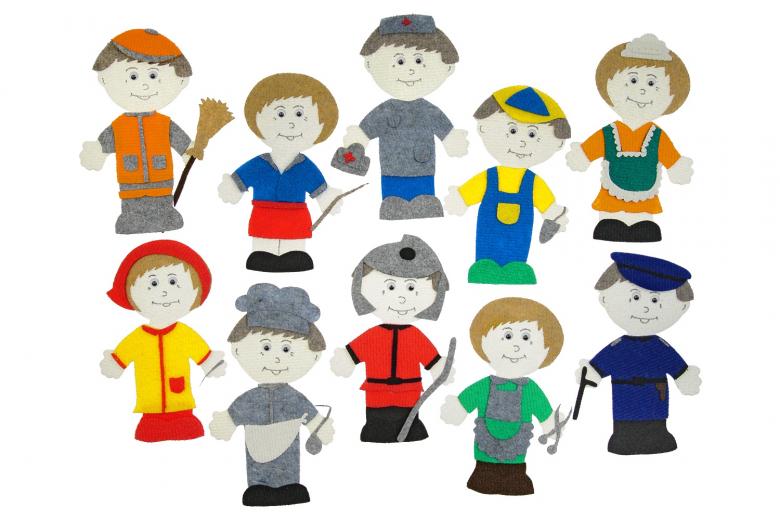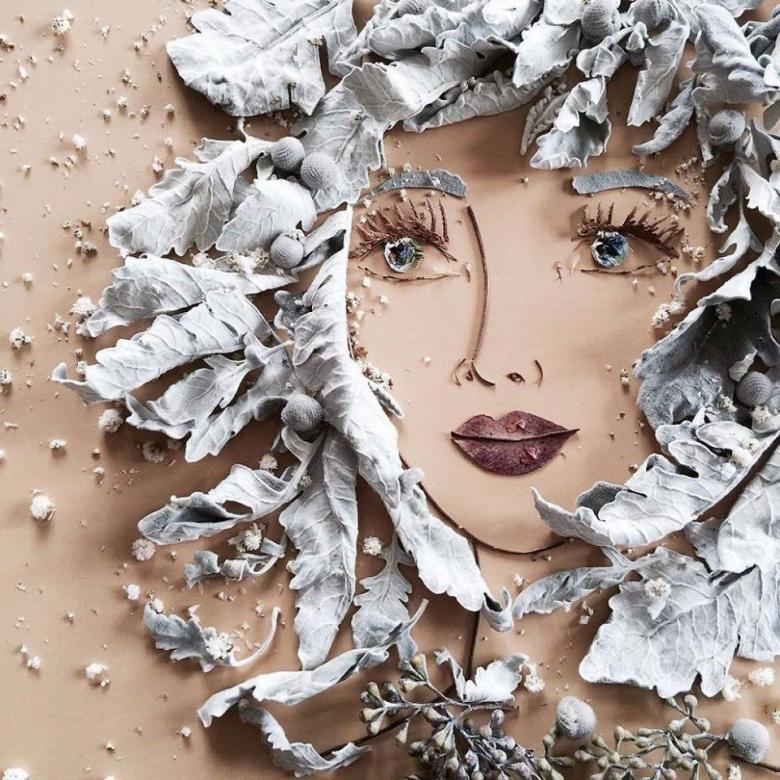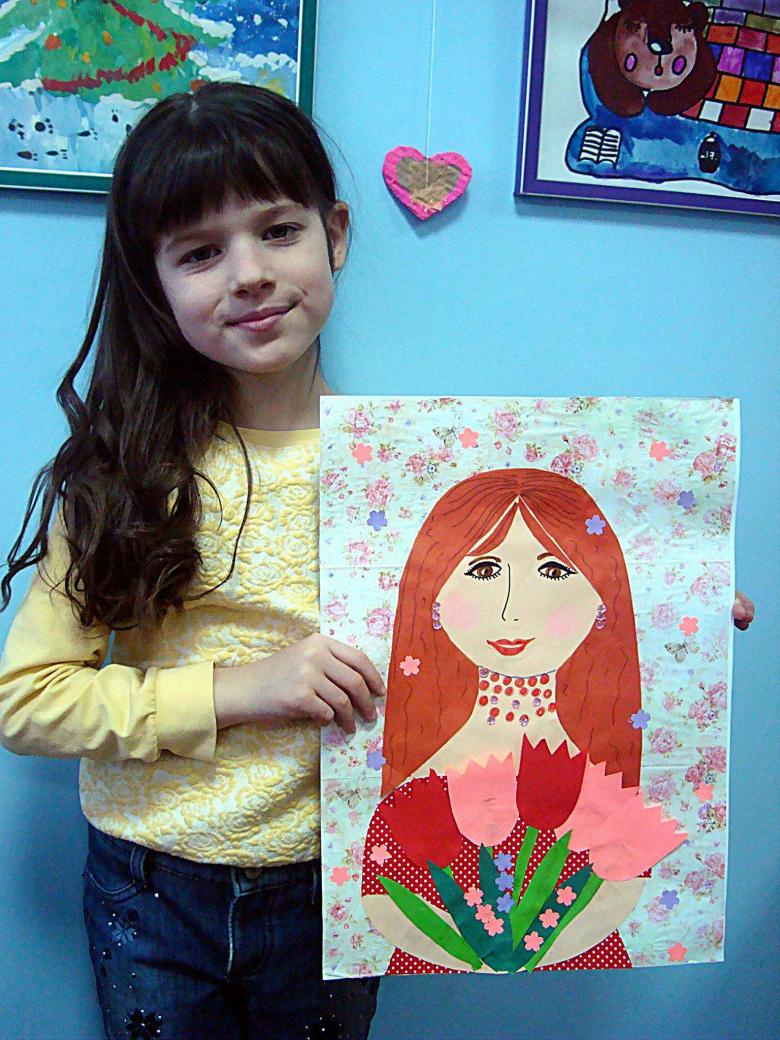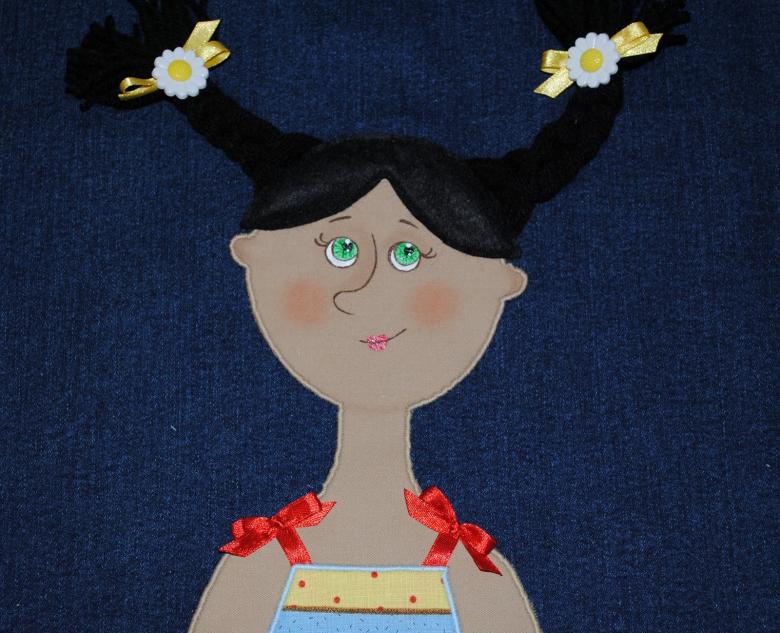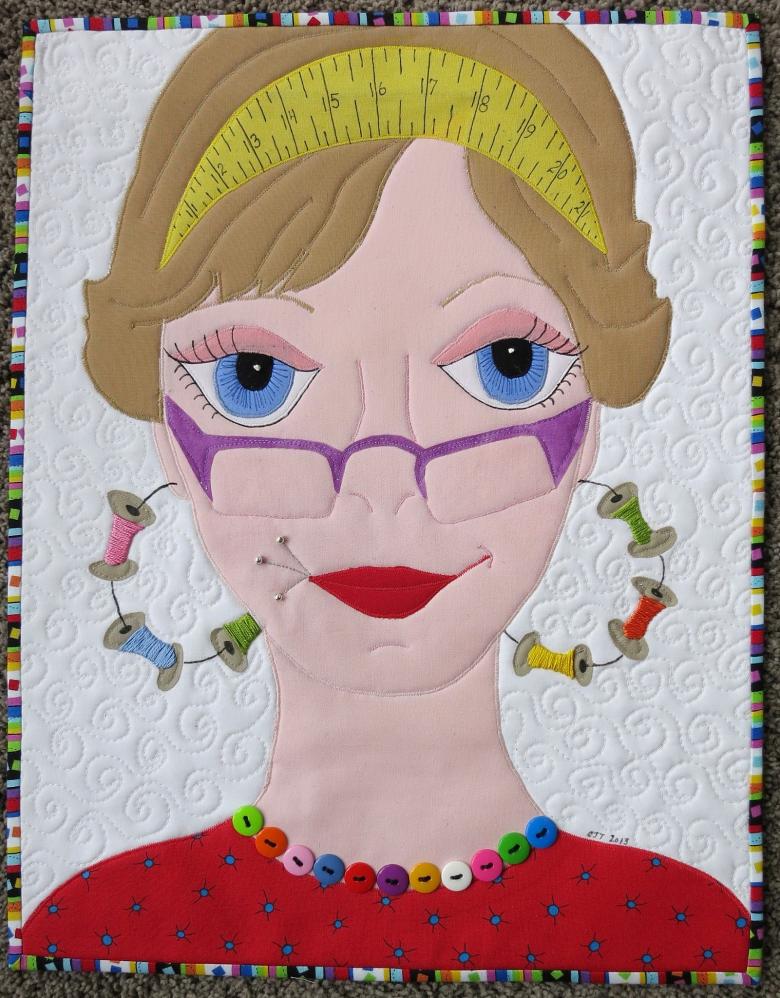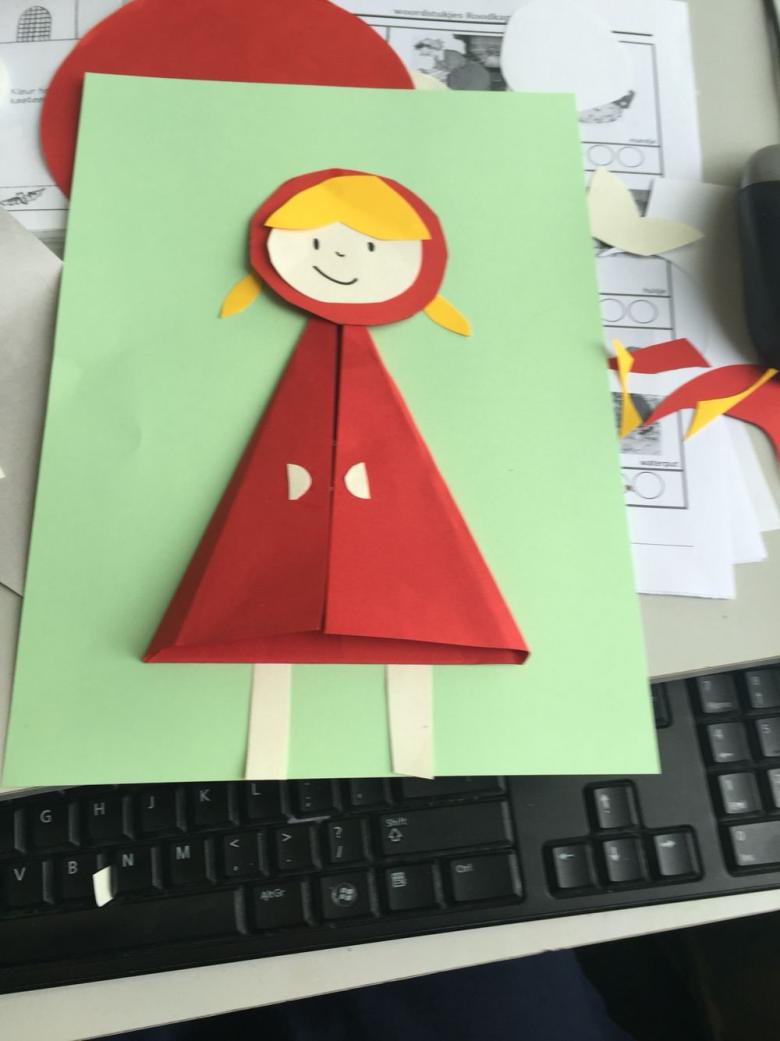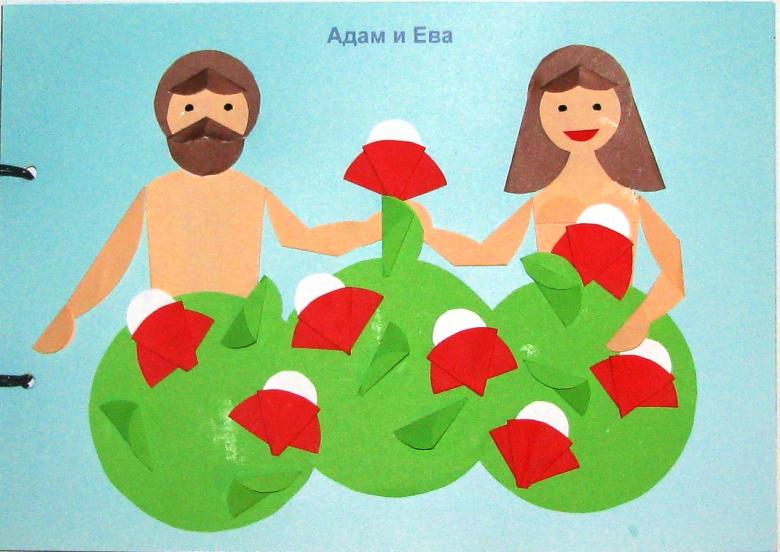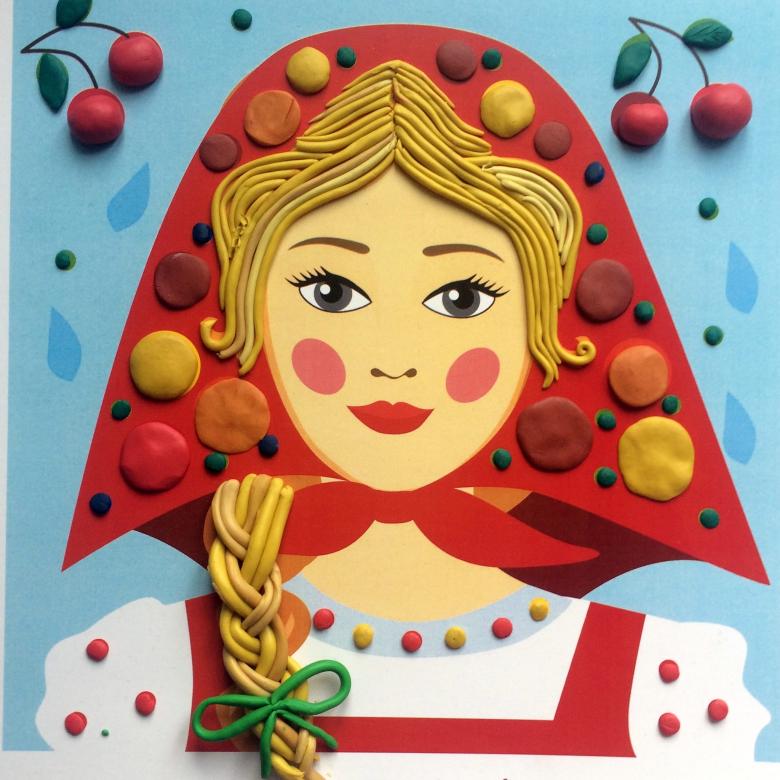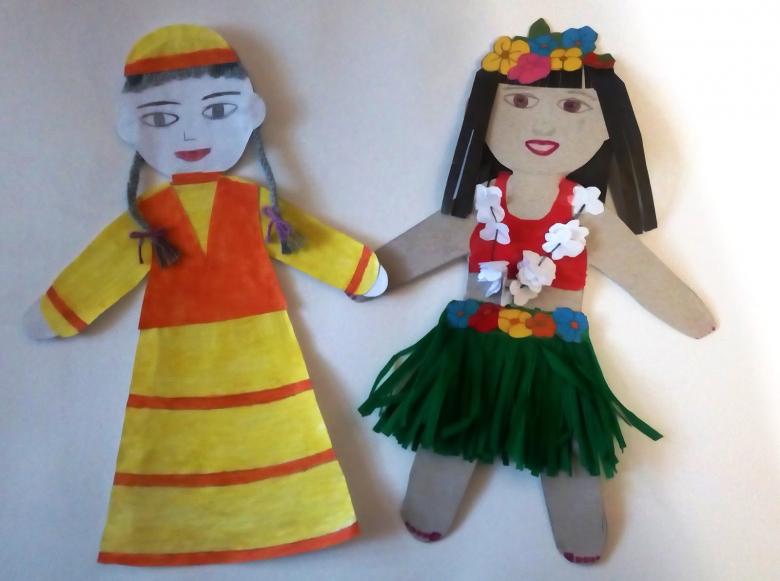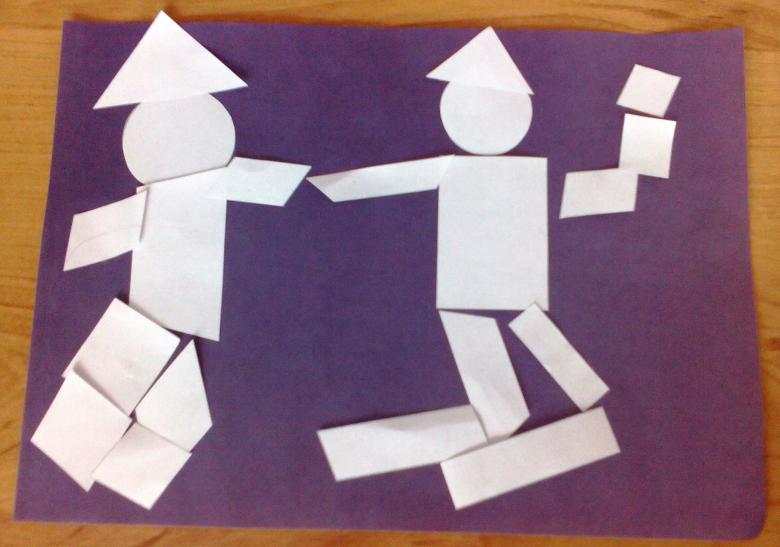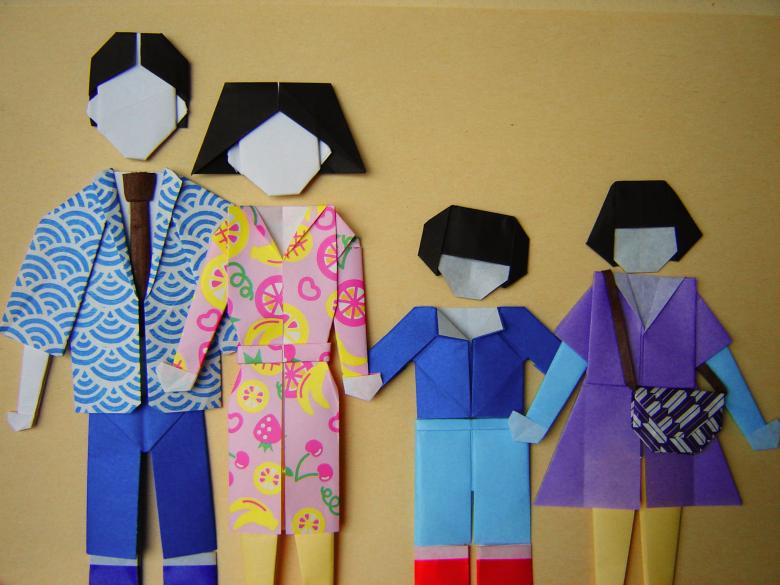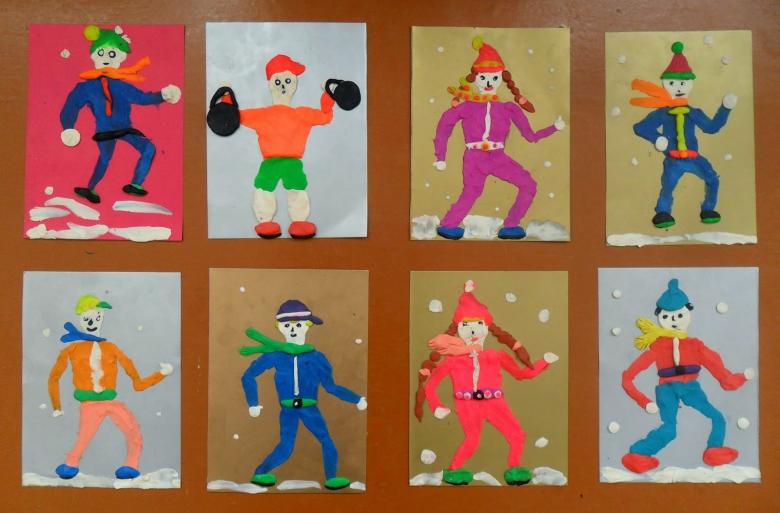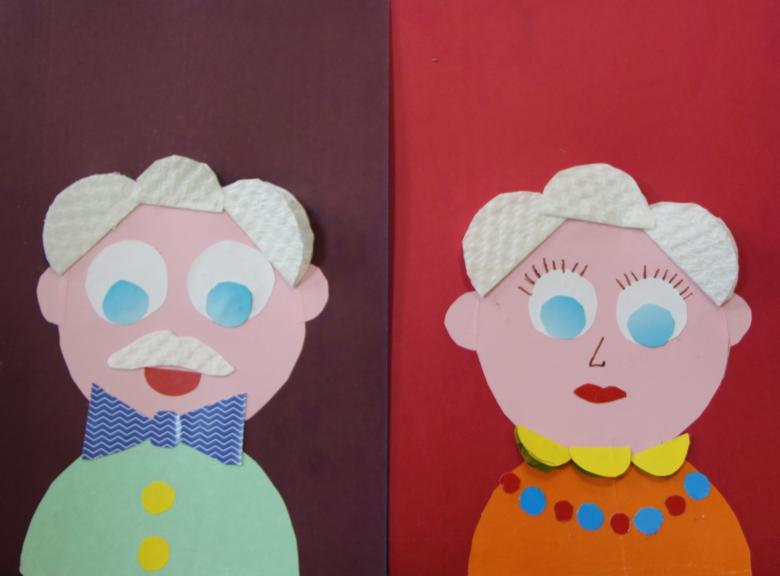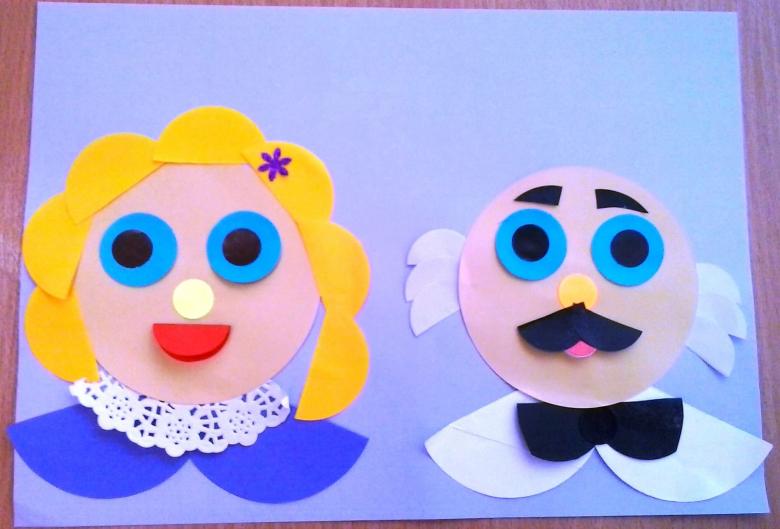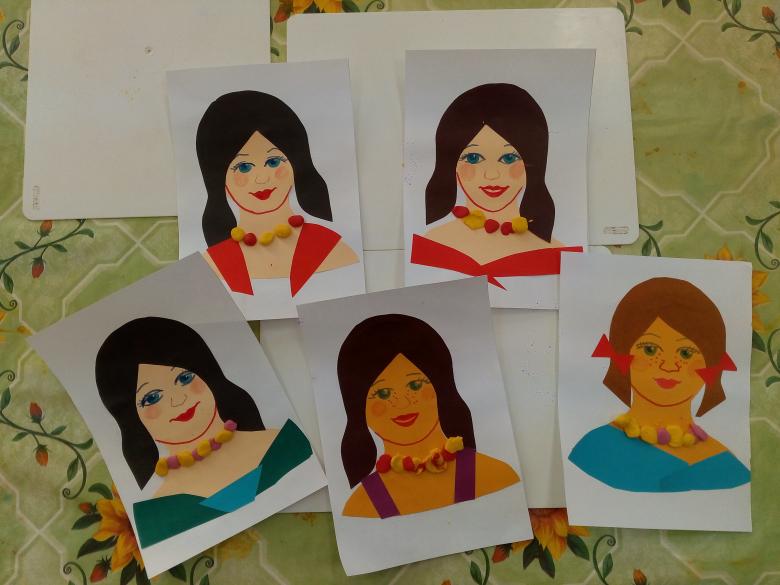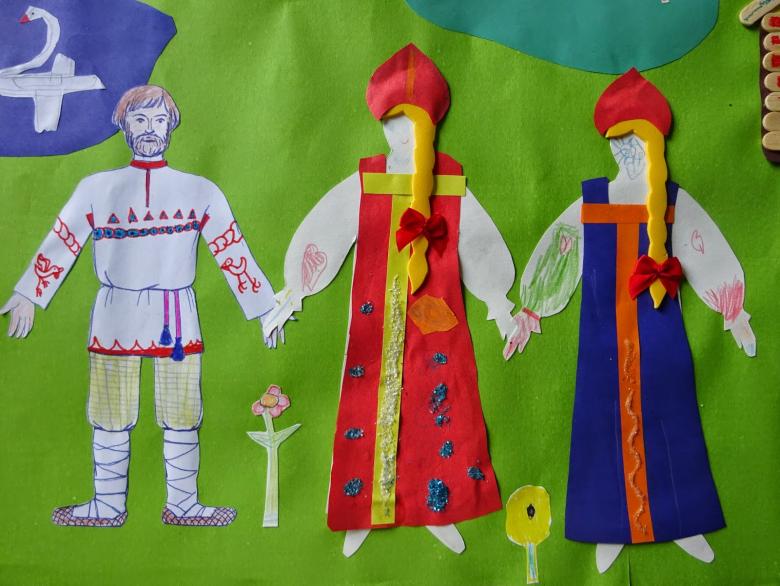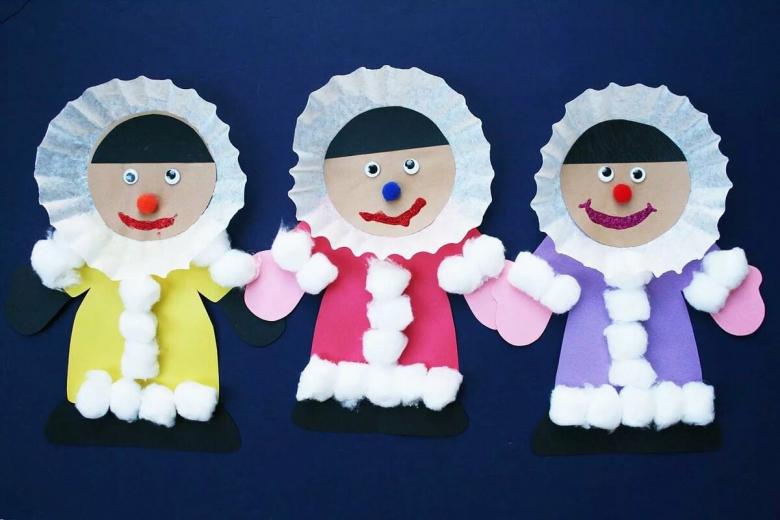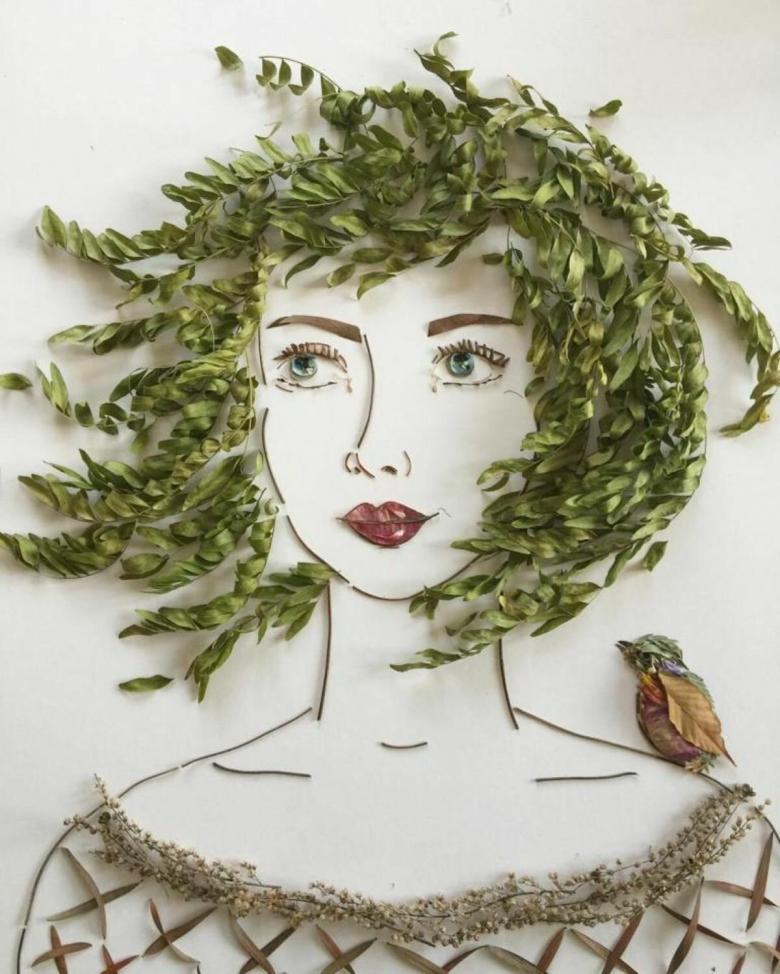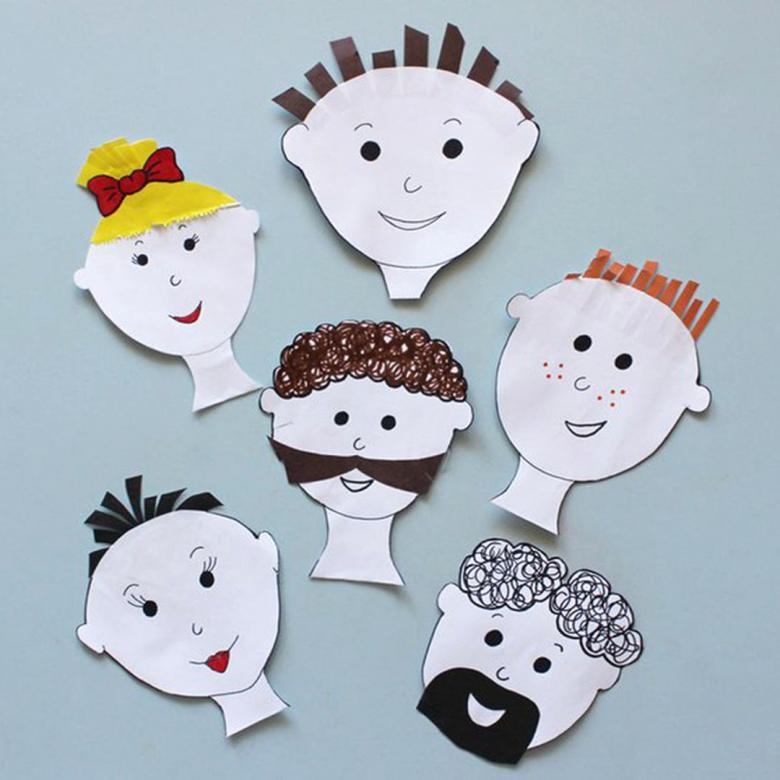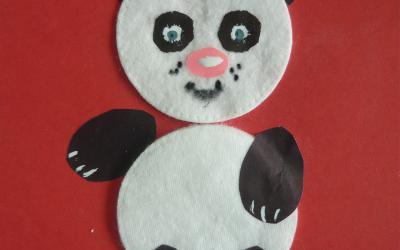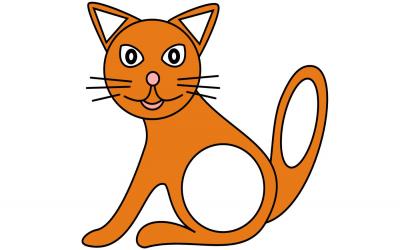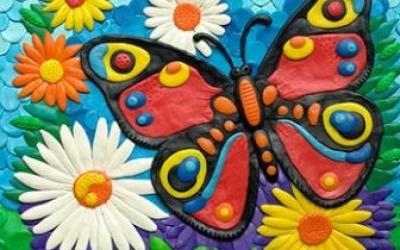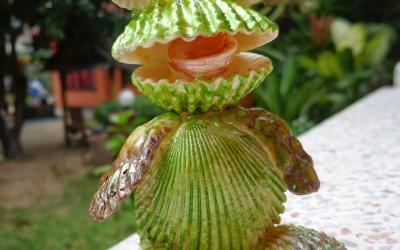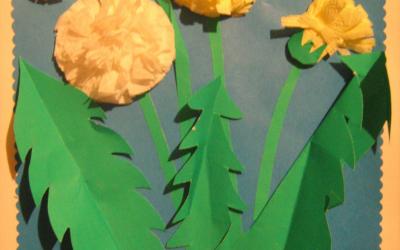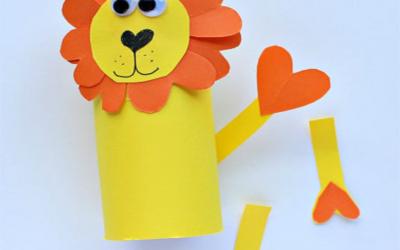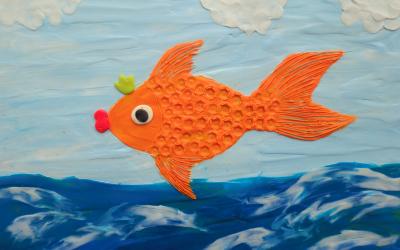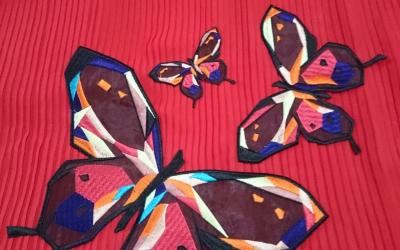Applique man - a selection of master classes with photo ideas and examples
The process of comprehensive child development includes the use of visual examples and realistic aids to improve the memorization process. Implemented by children, applique man helps to create and strengthen associative connections, stimulates the process of remembering and assimilation of useful information. This technique uses not only paper, but also soft fabric, from which the child creates the applique independently or with the help of adults.
Man made of paper geometric shapes
The first class on creating realistic applications can begin with making geometric appliqués. Such a theme is most often used in preschools and does not pursue the goal of studying geometric shapes, but it gives an opportunity to expand the boundaries of children's cognition and imagination:
- the child voices all body parts and creates associative connections between paper figures and his or her own body;
- using pliable material, the child cuts out their own paper, developing skills in working with paper or fabric;
- for work, it is possible to use schematic images made up in compositions and imitating drawings.
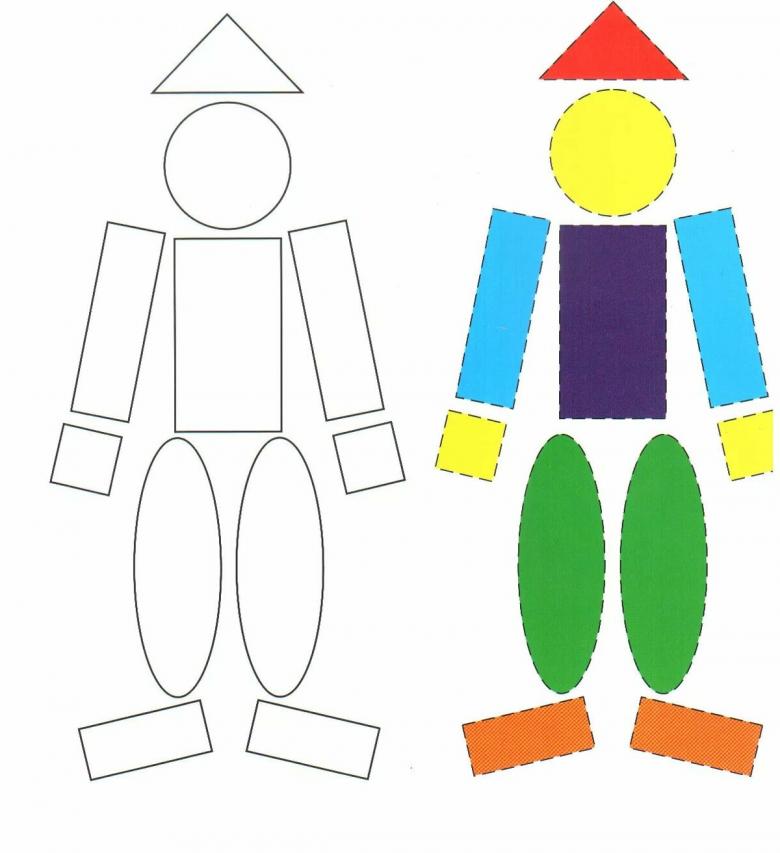
From simple applications of the human body you can gradually complicate the task to go to the composition of the compositions. This helps the child to understand the technique of assembling several separate figures, in such a technique, you can create a craft with a picture of a family, a walk outside or use other themes.
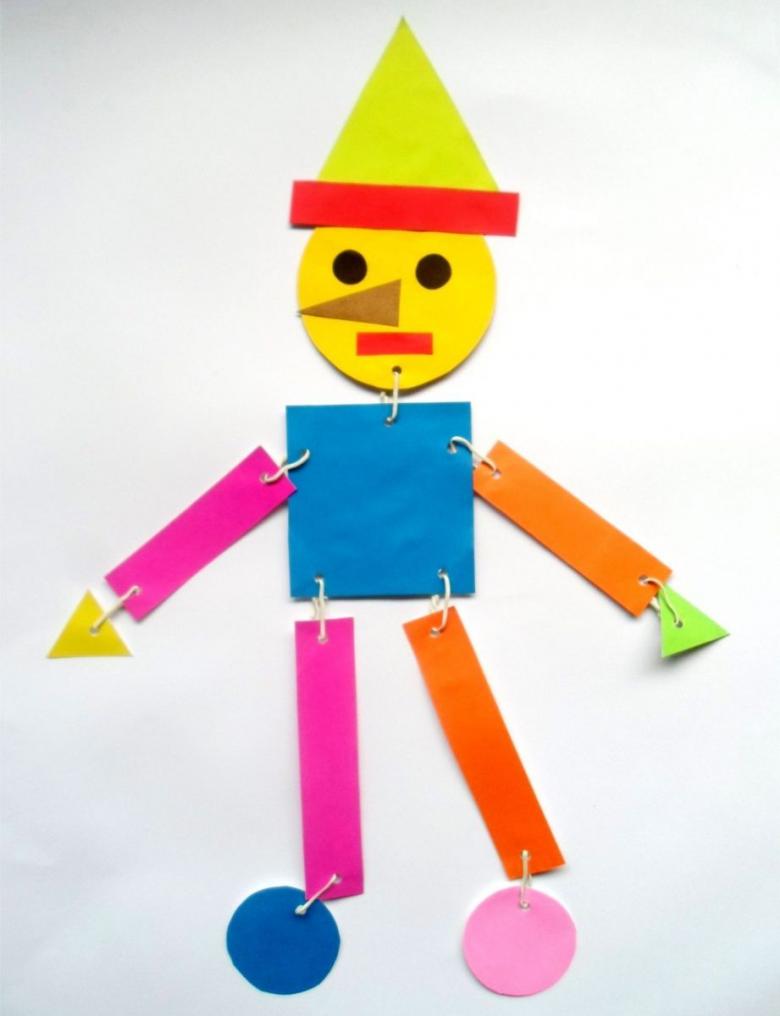
Applique of a human face for children
If in kindergarten or junior high school, the teacher uses the outline to conduct creative activities, then at home you can use the basic knowledge of the child. Studying the human body and mastering the basic geometric shapes with children is better to engage in creativity and practice face applique:
- parents prepare in advance the blanks of the face, the individual senses (nose and ears, eyes and lips);
- the child makes several pictures independently in the technique of applique, gluing blanks to the face;
- the location of the eyes remains a reference point for the child, so he or she learns the concept of symmetry and the correct placement of body parts;
- The child fixes the nose, which is in the center of the handicraft, and the eyebrows over the eyes on the appliqué, observing the proportions of his or her own body;
- The next step is gluing ears and lips, for comparison, you can use several stencils at once.

To give the finished handicraft a voluminous look, threads are used, it is easy to make hair and form a hairstyle from them. By grouping different body parts, a child learns to determine the mood of other people by creating faces with different emotions, for which you can use smiley face templates.
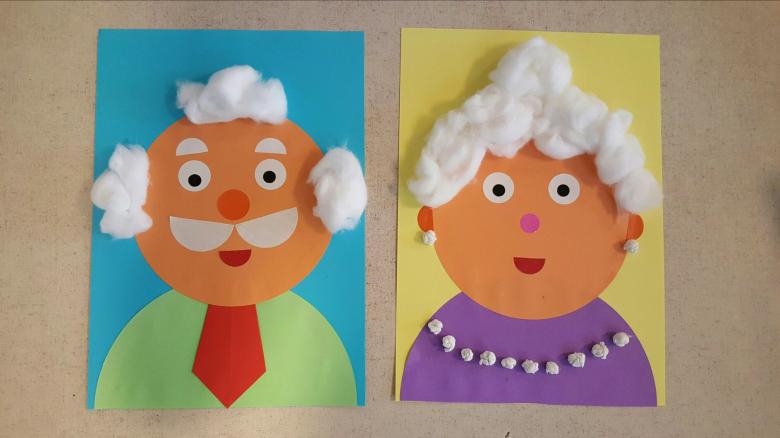
A person in motion: the basics of creating an applique
Many parents think that depicting dynamics or motion in a static application is very difficult, especially for young children. The geometric applique technique will help with this task, helping to study the structure of the body and convey the dynamics, to become familiar with the names of the different poses:
- To create human figures in a particular pose, standard blanks of geometric shapes are used;
- arms and legs (from double thin strips), a wide strip for the body, a square for the head, it is better to prepare in advance;
- the best option will be to use notebook sheets in a cell, which will help to make a lot of blanks;
- on a white paper base, it's easy to depict human beings in different poses, while voicing them to a child in sound form.

This technique is used to create full-fledged applications of playing people, with the study of the body structure, which can perform different, familiar to the child actions. In the class, it is possible to make a picture of figures playing soccer, doing exercises and picking flowers, raising their arms or swimming in water.
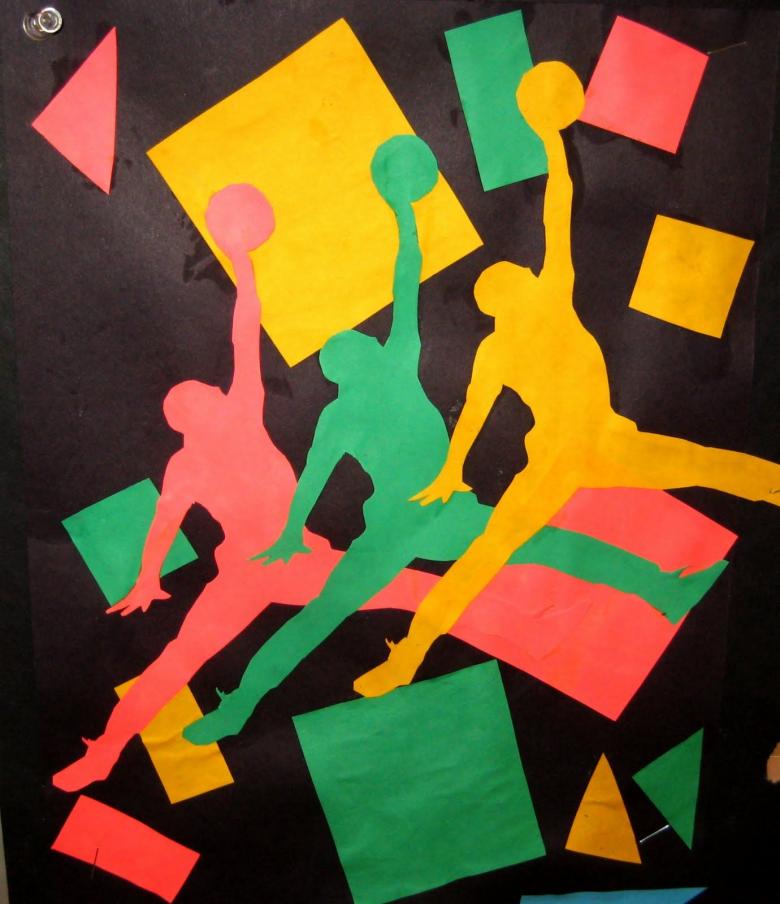
Basics of Anatomy: The Internal Structure of Man
The study of the internal structure of the body and acquaintance with human anatomy is better done after the portrait is mastered. Mastering the basics of anatomy, which is useful for older children (from 5-6 years) will help billet, and such a craft can be made by parents together with a child:
- You will need a schematic drawing of the standard arrangement of internal organs, it can be used as a basis, printed out or taken from an anatomical atlas;
- the handicraft is made of tactile and wear-resistant materials, it is best to use soft felt or thick cardboard, well shaped and amenable to manual processing;
- you can sew or glue one part of the velcro on the felt base in advance, creating minor clues, by which the baby will be guided in the process of fixing the human organs.
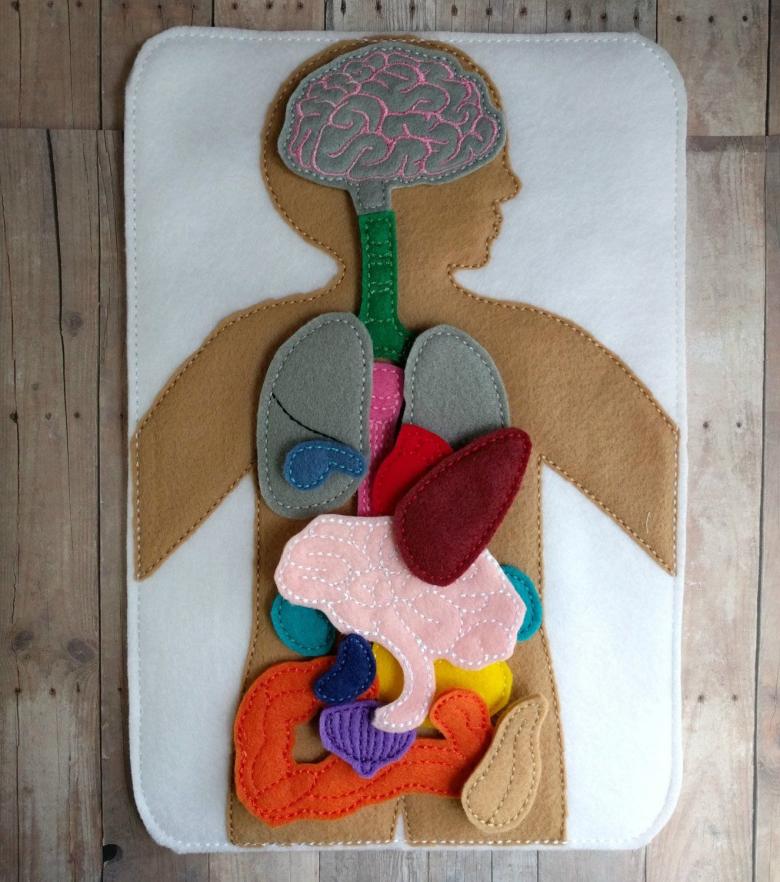
Once you make one set for play, with colorful internal organs and the human body, it can be used in regular activities. The set includes brain and lungs, heart and kidneys, liver and stomach, for older children the craft can be supplemented with intestines and gallbladder, spleen.
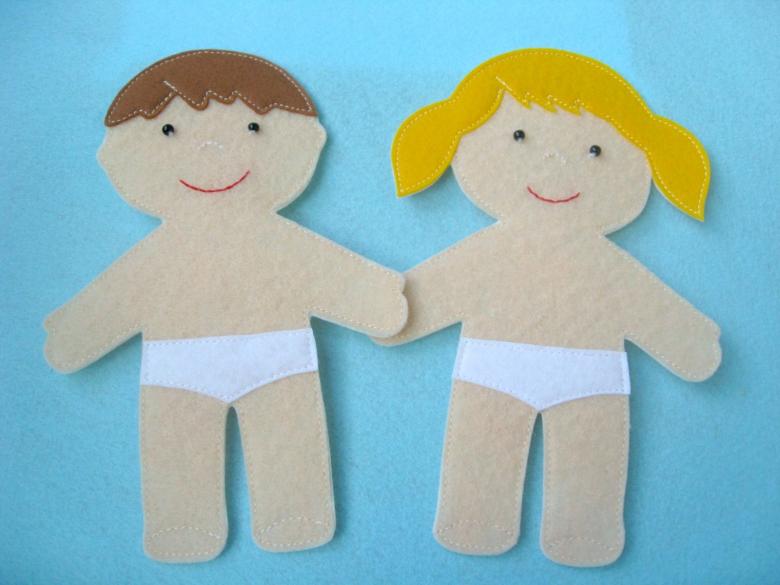
In the technique of applique with children it is easy to make a human face with different emotions, learn geometric shapes. Regular lessons will prepare your child for drawing lessons, where he will be able to depict any human figures using the concept of proportions, poses and movements of different body parts.



